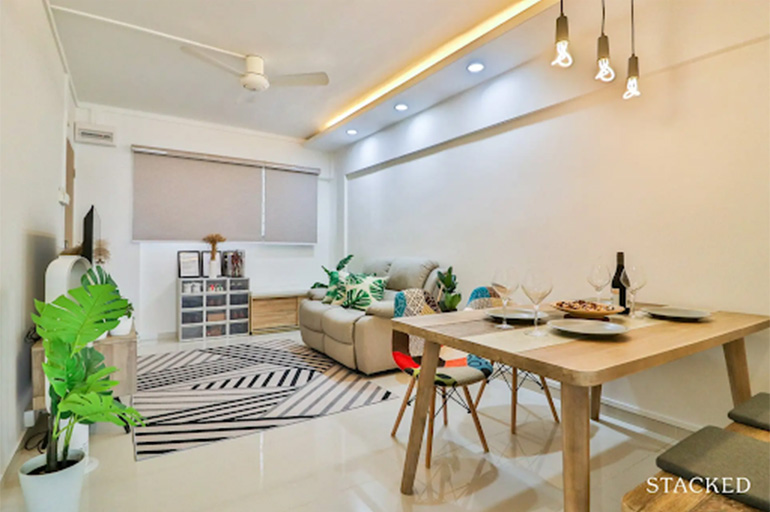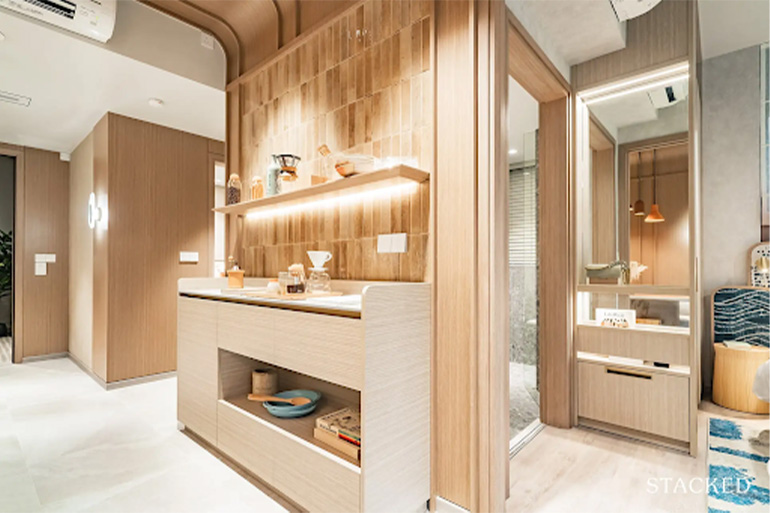In February 2023, the average rental rate for a 1 bedroom condo is $6.72 psf which makes a 500 sq. ft. shoebox cost about $3,360 per month. In the same period, the average rental rate for a 2 bedroom condo across Singapore is $5.34 psf. At 700 sq. ft. is around $3,738 per month – but split between two tenants, that’s $1,869 each.
In fact, this is actually an increasing trend that we’ve been hearing on the ground now which makes 1-bedroom new launch condos less popular.
Just make sure, however, that you’re taking on a roommate you can live with; and also someone who is reliable with paying rent (otherwise, you may find yourself evicted along with them).
6. Your landlord can claim utilities and wi-fi as tax deductions anyway, so try to negotiate these away
In case your landlord doesn’t know it, here’s the link to IRAS that explains it.
This is especially important if you’re renting with multiple, unrelated tenants. If you’re renting with fellow students, for example, it may not be the best idea to split the utility bill equally. It could be quite unfair later, if one tenant is a power guzzler who keeps the air-conditioner on in the living room past midnight, while another is barely home.
Likewise, some tenants do more laundry than others or may cook while others don’t.
Try to convince the landlord to cover these costs on their end, and claim them as tax deductions. Note that this is not the default arrangement in the commonly used Tenancy Agreement (TA) template:
“The Tenant agrees to pay all charges for the supply of water, electricity, gas, any water borne sewerage system, and any such utilities installations installed or used at the said Premises, including any tax payable thereon such as Goods and Services Tax (“GST”).












